
Easy Concert Pieces: Books one and two
ed. Stefan Albrecht and Gerda Koppelkamm-Martini
Schott ED 22925/22926
These two collections, drawing on repertoire from the 15th century to the present day, are just the thing to hold the interest of early-stage players. Book 1, suitable for players around Grade 1 standard, contains lots of lively Renaissance and Baroque dance movements, as well as traditional folk tunes. Pupils will recognise the Prince of Denmark's March by Jeremiah Clarke as well as ‘Spring’ and ‘Winter’ from Vivaldi's Four Seasons. It's also nice to see the ‘Greensleeves to a Ground’ theme and variations rather than simply an arrangement of the melody. There are lots of nice opportunities to link scale and arpeggio learning to passages.
Book 2, suitable for Grade 2 or 3 players, introduces more time signatures and rhythmic variation, as well as expanding the range of dynamics and articulation. Again there is a balanced selection of well-known pieces and those less well-known. Barbara Heller's ‘Rain Flower’ is a good challenge of articulation and stamina.
The Essence of the Blues
Jim Sindero
Advance Music ADV 14530-14535
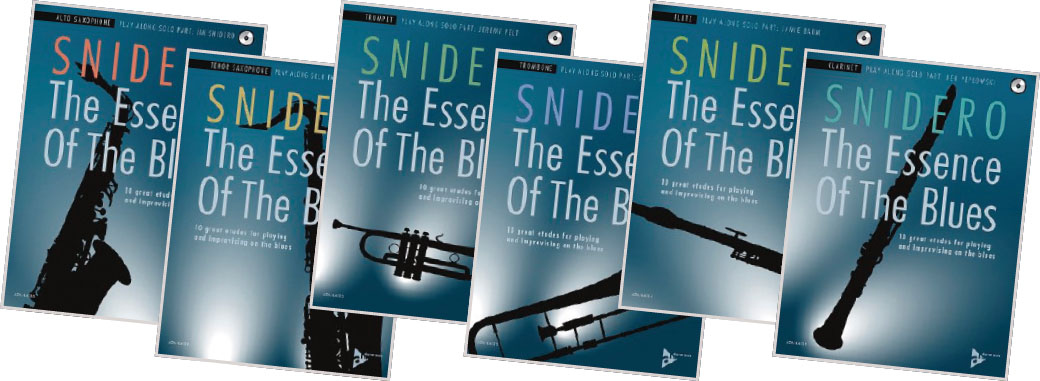
A fantastic resource for players wanting an overview of one of the 20th century's most influential musical forms. Players need to be Grade 5 or above to get the most from it. Covering blues and jazz styles from the 1930s to the 1970s, featuring artists such as Duke Ellington, Sonny Rollins and John Coltrane, it can be used for both individual and group work. The ten pieces are challenging and engaging, with CDs containing beautiful recordings of flautist Jamie Baum and band. Each piece has useful background notes, and a whole section on theory, style, improvisation and vocabulary.
In the Hall of the Mountain King (wind ensemble)
Edvard Grieg arr. Alfie Pugh
Wonderful Winds PXG005
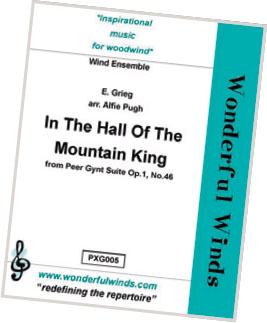
Alfie Pugh has arranged Grieg's In the Hall of the Mountain King for flute, oboe, clarinet, saxophone and bassoon ensemble (with optional doublings). Pugh has made a clear, accessible arrangement of this famous melody. Players will need to be fairly advanced, especially if doubling, and there needs to be either a bass clarinet or a baritone sax to provide the bass. Interest is spread out across the parts, so all players will be able to enjoy the drama of the piece.
L’Almanach aux Images: Volumes one and two
Russell Denwood
Emerson Edition E692a
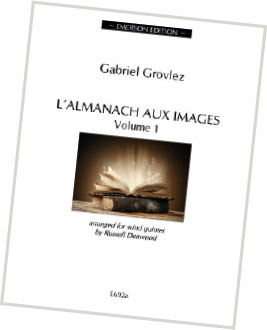
For intermediate players, Russell Denwood has arranged Gabriel Grovlez's L’Almanach aux Images, originally for solo piano, for wind quintet (flute doubling on piccolo). Each volume contains four short movements, each, as the title implies, conjuring up a different charming picture. Impressionistic and light, these make lovely concert pieces.
Around the World in 20 Flute Duets
Alfie Pugh
Wonderful Winds DP001b
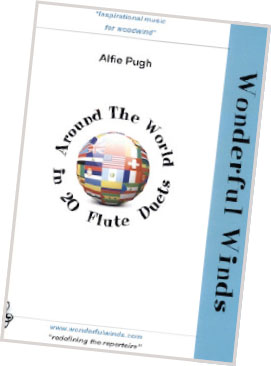
‘Around the World in 20 Flute Duets’ by Alfie Pugh is a fun and challenging collection, and a great introduction to various musical styles. Pugh has done a great job of capturing the essential elements of different popular and folk traditions: Azerbaijan's haunting lullaby with lots of ornamentation; Mexico's spirited ‘Huapango’; and Bulgaria's catchy 7/8 ‘Rachenitsa’. Players between Grade 2 and 5 standard will get the most from these duets, and they're also great sight-reading practice for advanced pupils. Many of the pieces are largely homophonic, always a useful scaffold for getting less confident players into duo and ensemble playing, while in others the two lines are more independent.
Take Off! Book two
Jan Utbult
Musica Prego MPR5119
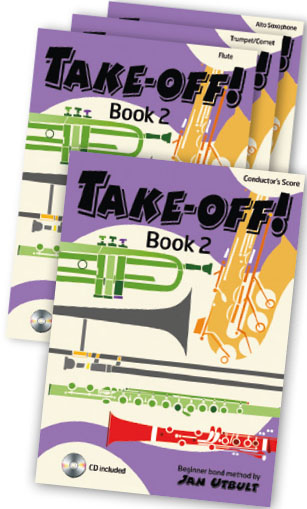
Whilst Jan Utbult's Take Off! has parts for flute, oboe, clarinet, trumpet, saxophone, horn, bassoon, trombone and tuba, it's not necessary to have all of them, and perfectly possible to combine parts flexibly depending on what instruments are available. The 42 pieces are almost entirely homophonic – again, this is very useful for beginners. Pupils that can play ten notes will be able to jump straight in. Wind quintet playing is always interesting for pupils – they don't have to count pages of rest bars as can happen in orchestra, and they all get a chance to shine. Listening skills, especially when it comes to intonation, can really be developed with these, as can the ability for ensemble work without a conductor.
The Young Flute Player: Books four and five
Karen North
Allegro Publishing
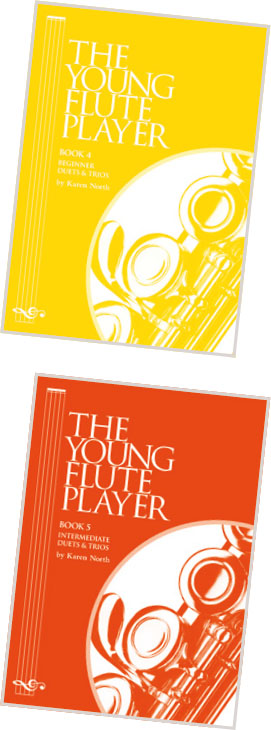
Part of a wider series, these two volumes focus on duets and trios, for beginners and intermediate players respectively. Both books use colour to help players keep track of which parts are theirs – in Book 4, all notes are coloured and by the time students reach Book 5, only the treble clef is coloured to encourage independence. Contained within are a good mix of traditional and less well-known arrangements. The familiar songs will ease students into playing as a duo or trio, with the others making for great sight-reading practice. Great arrangements that allow flautists to learn what their instruments can do.




